Features to Integrate into your Healthcare App
Healthcare, as one of the most sensitive fields, reacted to digital transformation very carefully, but the global demand, dramatic changes in 2019, and smartphone penetration forced the industry to insert digital into traditional ways of being. Today most of the processes in healthcare service cannot be fully delivered without the automation technologies, Internet of Things, Machine Learning, and mobile apps. We are now on the stage of deep penetration of digital into healthcare, pushing mHealth to the forefront.
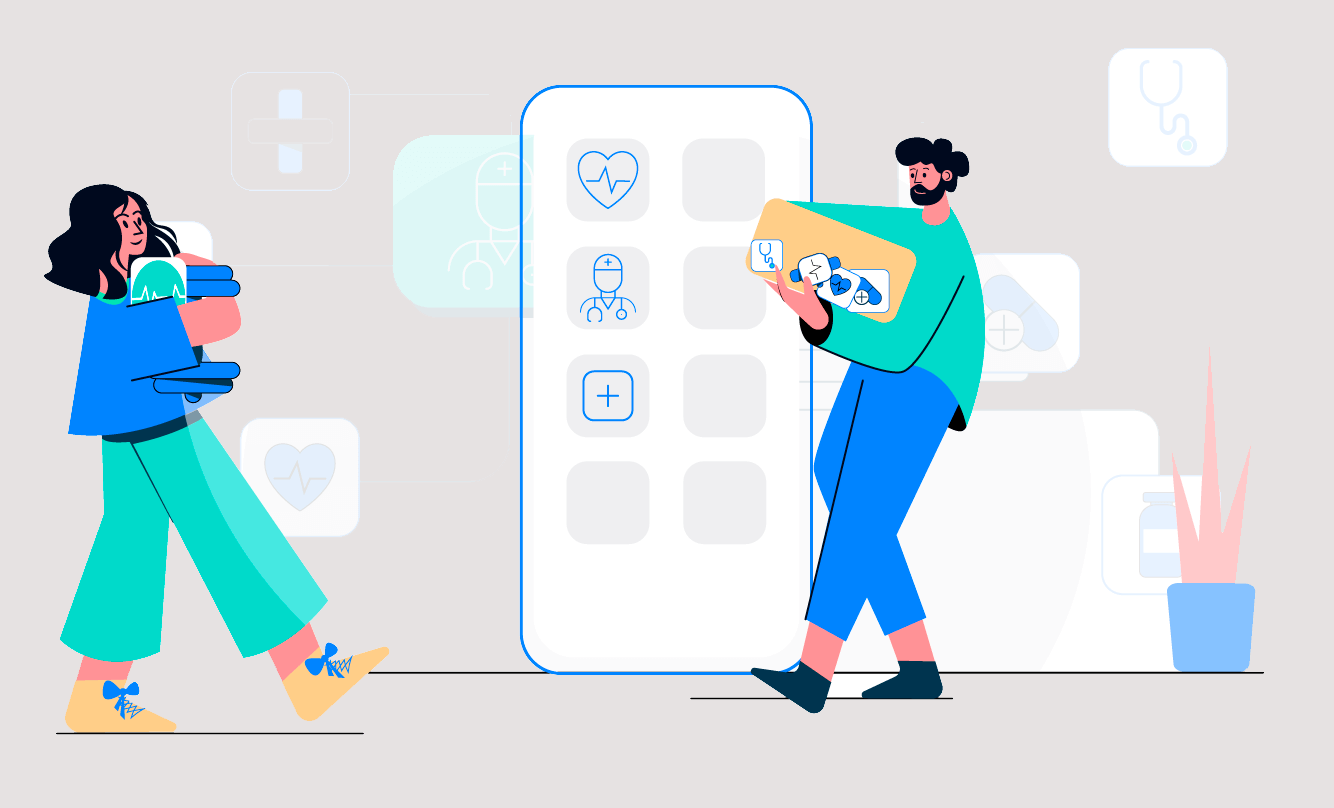
To align the mobile health apps to patients and physicians’ needs and make them productive and responsive, they should be enhanced with must-have features. A deep understanding of the health industry, market trends, and demands may create a clear picture of the future app. As a helping hand, we would define the top features integrated into a healthcare app to create an effective digital solution.
Navigation System
The good idea is to create a navigation system finding its way into hospitals, fitness centers, and clinics or add this feature to the existing software solution. It improves the experience since, in real life, visitors and patients always ask for directions. Often it can be rather challenging to find your way around in a vast medical center, and most probably, you would need to ask the medical staff at least 3 times till you get to your destination point.
The same functionality can be proposed for new medical personnel and optimize staff time while being interrupted each time they are asked.
Alerts & Reminders
Well-settled notifications inside medical applications can be absolute lifesavers. This feature can be devoted to tracking the health vitals, reminders of appointments with doctors or lab analysis, etc. Chronic disease management binds users to take prescribed medication on time and at the correct dose.
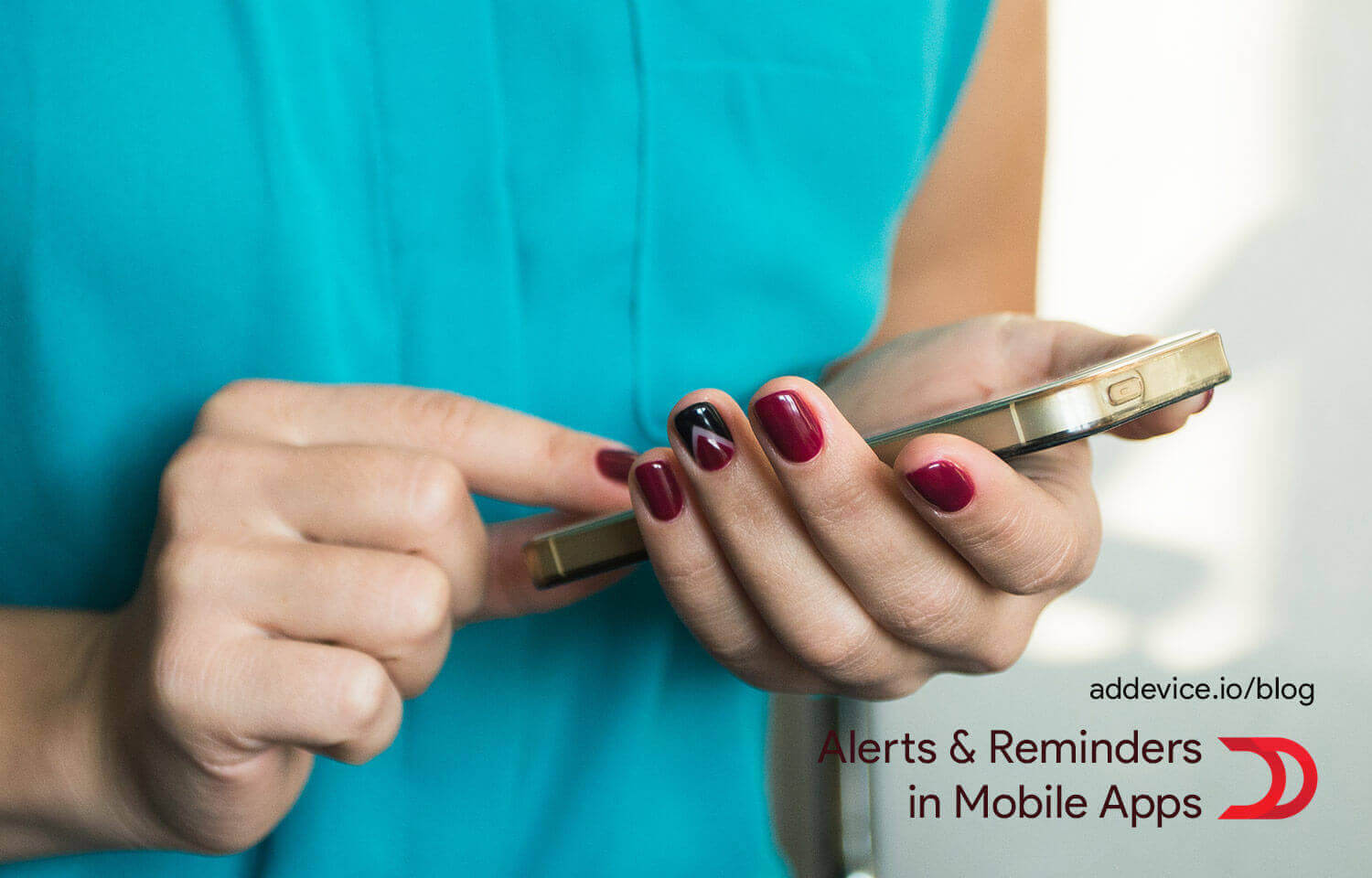
These push notifications are usually integrated from Firebase and Twilio. These elements collect information about how the user reacts to them and present this data as a dashboard. Then, medical personnel access these statistics and evaluate the patient’s condition and update the treatment plan.
Security-Compliant Live Chants & Video Conferencing (HIPAA Compliance)
Video conferencing is a top-notch functionality that removes distance barriers. It allows for remote visits, the usage among medical professionals for educational purposes or emergencies. The feature should follow the security guidelines (HIPAA, GDPR, etc.), and its top-notch implementation lies in end-to-end messaging encryption.
Live chats can be introduced as a solution to getting support, administrative advice, booking an appointment with a therapist, and receiving answers 24/7/365. Alternatively, live chats can be embedded on the medical website in a magnet and increase used traction. The extra service of a live chat can be advanced with the help of Artificial Intelligence, aka chatbot.
Seamless Payment Methods
The payment feature is utilized in any sort of application development. Making a transaction should be seamless and allow easy mobile payment for medical services, medicine, or insurance. The fewer steps the payment process involves, the greater the user experience is.
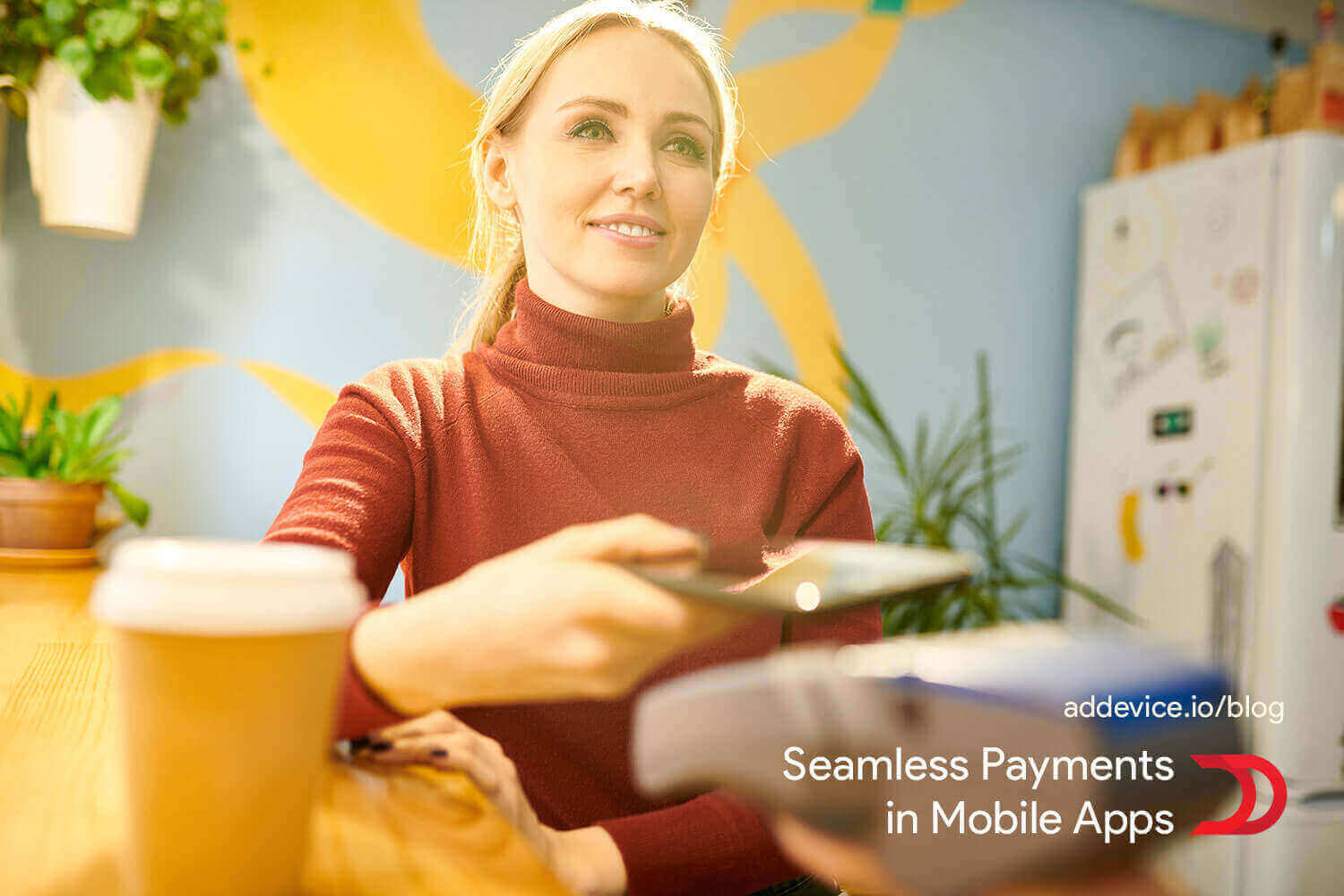
It is possible to integrate multiple payment options like with the help of a credit card, PayPal, or Payoneer services into the healthcare app. This functionality can be implemented with the use of Braintree or Stripe payment gateway technology. As well, there is an advanced option of Apple Pay and Google Wallet integration.
To remind you, payment gateways should employ PCI-DSS regulation and high-end security standards since payment information is also subject to personal data.
Feedback System
Well-designed feedback systems will assist the healthcare industry in obtaining comprehensive and deep insights from the markets and end-users. Collecting feedback from inpatients and outpatients can be integrated into iOS & Android apps or via online and web surveys.
Well-designed feedback systems will assist the healthcare industry in obtaining comprehensive and deep insights from the markets and end-users. Collecting feedback from inpatients and outpatients can be integrated into iOS & Android apps or via online and web surveys.
IOT Device Integration
The Internet of Things in the healthcare area is a growing trend and is its innovative future like remote surgeries with the help of robotics. The study conducted by Business Insider informs that 80% of users want to wear such fitness gadgets in general.
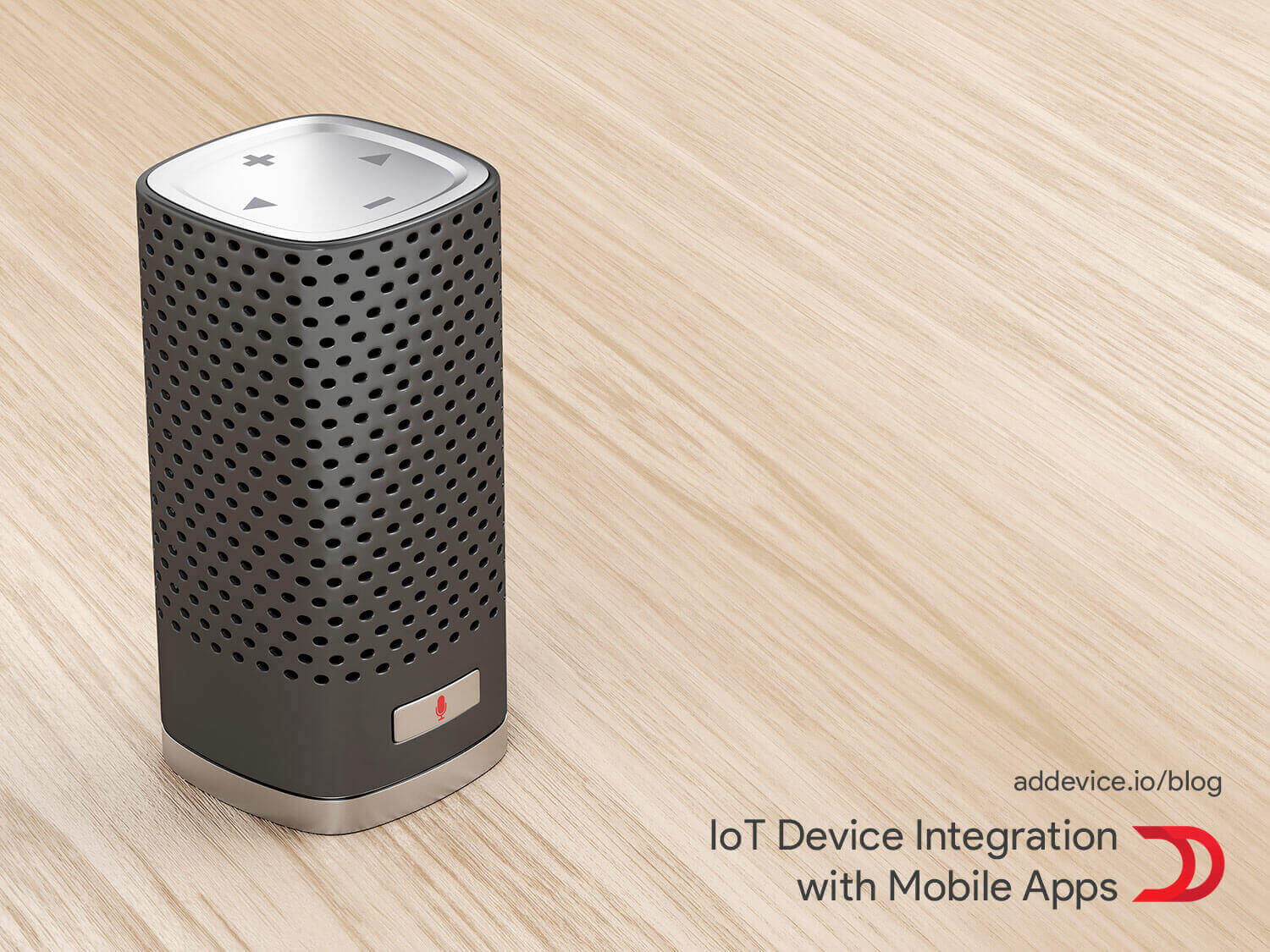
Thus, wearable devices like smart health watches, medical gadgets like ECG or blood pressure monitors, fitness trackers that collect the necessary information and distribute it across interconnected services are increasing demand. To mention, Accenture provides statistics that the usage of wearable devices has risen to 33%, and the market will exceed USD 120 billion in 2023.
Wearable technologies will benefit in regards to patient monitoring and rise in the client lifetime value. Hospitals can decrease the number of patient visits and, at the same time, help patients track health conditions.
For instance, Mocacare allows for monitoring heart condition with the help of a smart tracker and delivers info on heart rate, blood oxygen, pulse wave velocity. iHealth is another company that offers a wide range of IoT devices for personal tracking like weight, blood pressure and glucose, temperature, and professional medical equipment.
Sign up / Sign in and User Dashboard
Having personal space in an app makes users feel more comfortable and confident. The very first interaction of the app and user starts with the registration and login feature. The more straightforward the registration process, the more positive the users feel about the app. The seamless signup process through social channels is always a good idea.
Still, the healthcare app needs a little more information about the user, so there is a user dashboard to fill in the information, health data, and vital information based on the type of the healthcare app. Dashboards should be built user-friendly with more visual elements and graphs.
Scheduling Features
The top functionality that patients are looking for in the healthcare app is online appointment scheduling. No more fuss with hours of queues and phone calls; scheduling with one click is a priority feature if the app is connected to an offline medical service. The integration of scheduling is synchronized with calendars on both ends with notifications for upcoming appointments. Online audio and video consulting can also be combined with scheduling functions to make the process more controlled.
Real-Time Updates
Aside from real-time data intake, the application should have continuous data registration and history with doctors’ access. Patients may register data manually or synchronized through health trackers.
EHR Integration
EHR (electronic health record) has simplified the medical services data inflow and paperwork. Traditional patient registration and medical history is now digitized, saved, and secured in one place. HIPPA approved apps may have HER synchronization and access to the hospital’s internal system allowing synchronization of health data from the app with EHR. Within the app, doctors may take the patient’s data and update the EHR.
Progress Tracking
The patient’s progress and health changes is the priority of the doctor. To have the option to track changes and dangerous deviations is vital to deliver quality service. The progress monitoring through the app or integrated IoT device with doctor’s access improves doctor-patient interaction. The progress feature also helps users track health changes and balance them with activities.
E-Prescriptions
E-prescription technology proved to be critical during the lockdown. The convenience of requesting and getting prescriptions online saved time, resources and minimized the interaction. The integration of E-prescriptions allows doctors to send prescriptions with all the relevant data.
Cross-Device Accessibility
In the very first stages of business plan development, the stakeholders define the buyer persona with all his preferences. The picture also includes information about devices used mainly by patients. Primarily the audience is divided into Android and iOS users. Depending on the target audience ratio, you can build an app for one of the platforms, but it will mean that the smaller audience will be neglected, losing valuable assets. The best option is to build native apps for both platforms. The data synchronization through devices is also essential.
CMS and Reporting
CMS is more of an administrative function that patients don’t use but is vital for data administration. The reports and analytics allow app owners to track user engagement, reveal pain points, and work on future updates.
Search Tool
The search tool is a common but critical function in any app allowing users to navigate the app with custom filters and find the information.
Smart Mobile Technologies: Blockchain, Cloud Storage, AR & VR
Mobile apps are getting smarter with new technologies. Each new technology delivers better functionality, security, and user engagement.
Blockchain is responsible for data security and encryption soon to be used as the best means to provide a united secure system.
Cloud storage will provide big data storage and processing without losing any information.
AR & VR are the next-generation technologies to be widely used in healthcare. Virtual reality experience may become the new way of patient consulting.
Apple Health Integration
Apple has a special HealthKit offering many tools for iOS and watchOS to design and develop a deeper and richer medical application. Health Records API gathers user information like allergies, health conditions, labs, medication, health vitals, etc. With its help, it is possible to perform necessary operations inside the app. Other healthcare APIs from Apple related to medical research and care help connect apps to fitness accessories and gadgets.
Google Health Integration
Google health integration is a crucial function of any health app. Cloud Healthcare API and Google Fit SDK allow for developing secure and innovative applications operating on Android. Like Apple HealthKit, these technical tools assist healthcare app developers with design and development guidelines and detailed supporting documentation.
APIs and 3rd Part Services for Healthcare App Integration
API (Application Programming Interfaces) enables the connection of additional services to the app to drive better functionality. APIs can support data collection, payment processing, communication between patients and physicians, and much more.
3rd party services and APIs are the pre-development tools with routines and communication protocols among distinct components. They are defined and integrated during the app development to later test functionality and effectiveness.
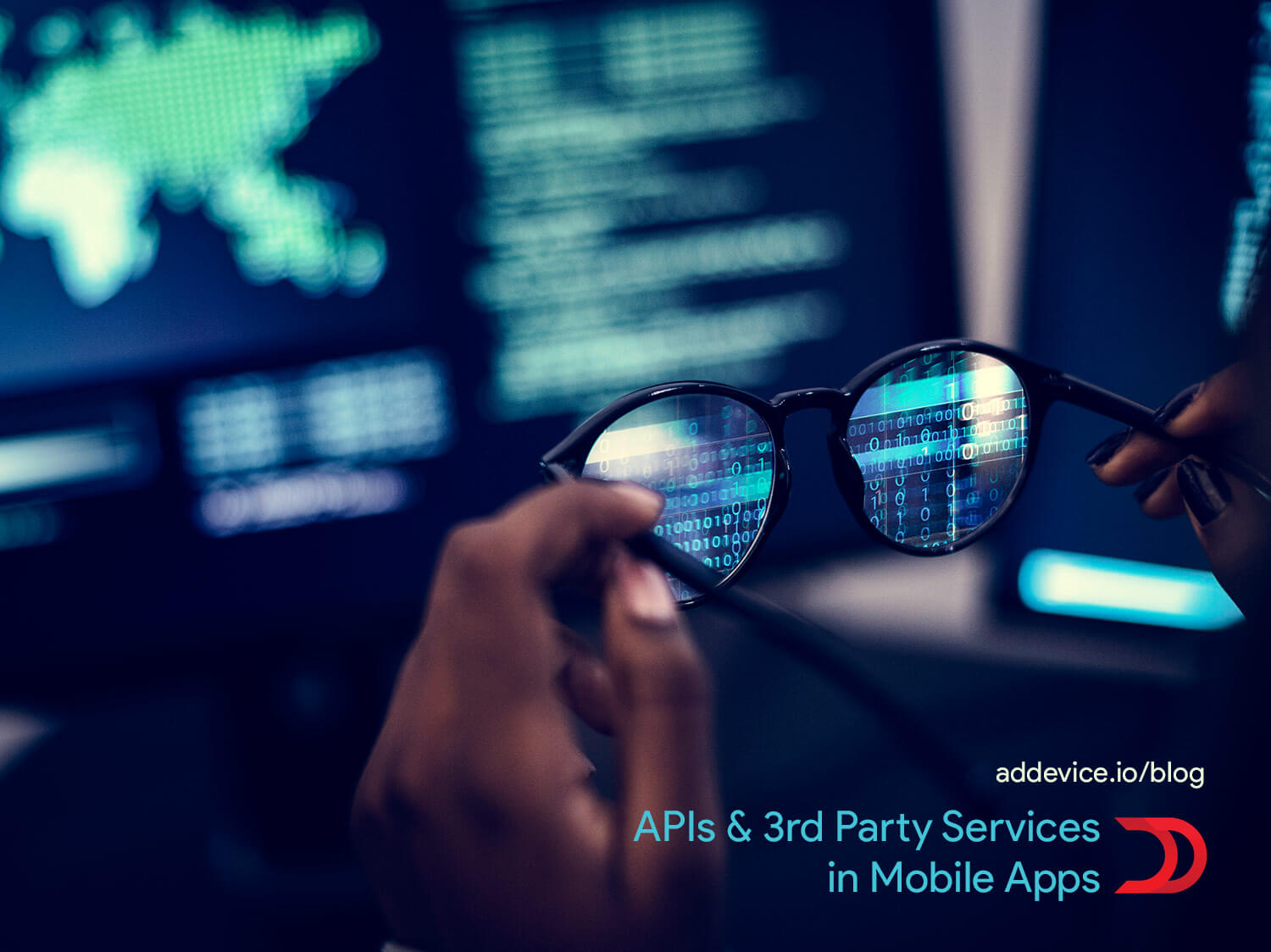
Aside from Apple and Google that invest in uniting health apps and the whole health environment heavily, other 3rd party services offer great solutions. Here, we highlighted a few interesting ones:
1. Drchrono – the service helps to use the improved electronic medical records for medical establishments and doctors. Once this 3rd party tool is for healthcare app integration, it offers the functionality of leaving notes and ideas at the doctor’s messaging center, sharing information among the health professionals and colleagues, CRUD (create-read-update-delete) prescriptions. The solution is available for the iOS platform solely.
2. Chino.io – the tool helps with complying with data protection and security during healthcare software development.
3. BetterDoctor – this 3rd party technology has extensive documentation and is easy for healthcare app integration. The service has the functionality of selecting a doctor or other medical specialists based on their detailed profiles.
4․ Box API – a technology that helps with secure medical data management. Suppose the future app needs to collect, store, and share information like health records, lab, test analysis, medications. In that case, the Box API is a good service for healthcare app integration. The tool is compliant with web, Android, and iOS as well as with most programming languages like Node.js, Ruby, Python, etc.
5. Human API – this API has a set of distinct parts and functionality. This includes work with patient information and profiles and keeping health vital, lab and testing results, service reviews, e-prescription. This API has easy-to-read guidelines for all major platforms – iOS, Android, web.
6. Doximity – this 3rd party service connects patients and doctors inside the healthcare system. Doximity evaluates the health professionals, their licensing, and practices. Then the patients can review a detailed profile of these registered specialists and make better choices.
Also, it is worth mentioning that there is a demand to create additional APIs to make the healthcare app development processes faster. The market still lacks innovative, ready-made solutions to interconnect and exchange medical information derived from different databases, platforms, and systems among users. It is an excellent opportunity to provide value to the medical sector and benefit from it.
Final Thoughts
To enhance the productivity of a healthcare app, make it valuable for patients, physicians, and the overall medical system, the application should have a set of must-have features that address user needs. The list of features listed above is the minimum to make the app function. There is always space to develop and add more details to satisfy specific demands.
medical apps development, Healthcare Applications, Medical Personnel, Medicine Delivery App, Hybrid Apps, Build an App Like Uber, Native Apps, Voice Translation App Development, Uber App Development Cost, App Monetization
Develop Your Mobile Health App
Transform healthcare experiences with your own mobile app
Our Expertise Covers:
✅ Telemedicine and virtual consultations
✅ Electronic health records (EHR) integration
✅ Medication tracking and health monitoring features
Table of contents
FAQ
The top popular types of healthcare apps are as follows:
- Medicine delivery
- Telemedicine, online doctor consultation
- Medicine reminders
- Appointment scheduling
- Health, fitness, and mindfulness
- Patient health education
App market research revealed the top 2021 popular and most downloaded healthcare apps worldwide.
- MyFitnessPal
- Headspace
- Sleep Cycle
- Foodcate
- Happify
- HealthTap
- Nudge
- Fitbit Coach
- Lifesum
- Noom
- FIIT
The monetization model of most digital health companies is a subscription, where users can get advanced features. Another type of monetization model is paid apps offering users to purchase an app from stores.
Such apps normally provide some free and some paid content. The users pay a fee to gain access to advanced features.
Free applications work on several monetization strategies:
- Advertising (native ad, banner, interstitial ad, incentivized ad)
- Referral marketing
- In-app purchases
- Premium features
For Q1 2021, there were 53,054 healthcare apps available on Google Play and 53,979 iOS apps in the Apple App Store.
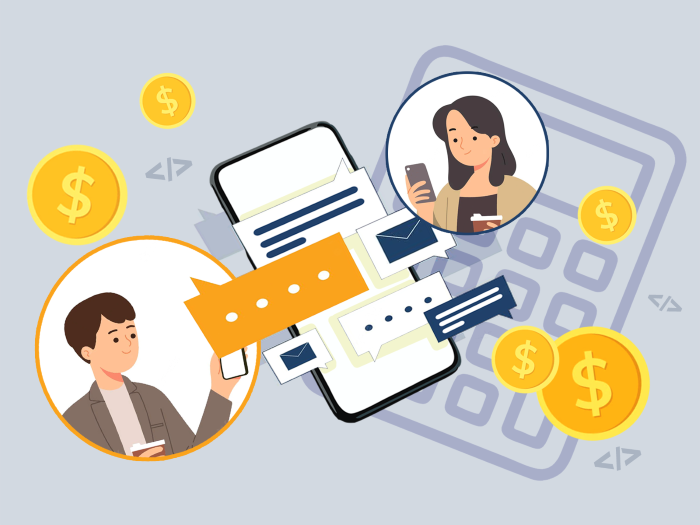 How Much Does It Cost to Build a Messaging App?
How Much Does It Cost to Build a Messaging App?
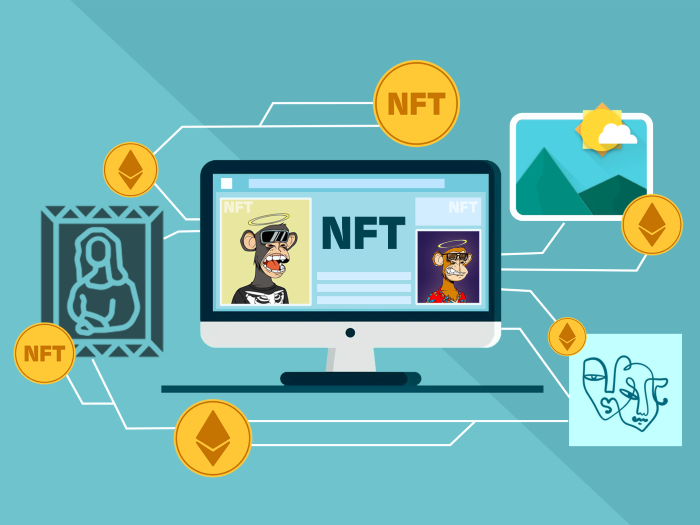 How to Create an NFT Marketplace: Development Guide
How to Create an NFT Marketplace: Development Guide
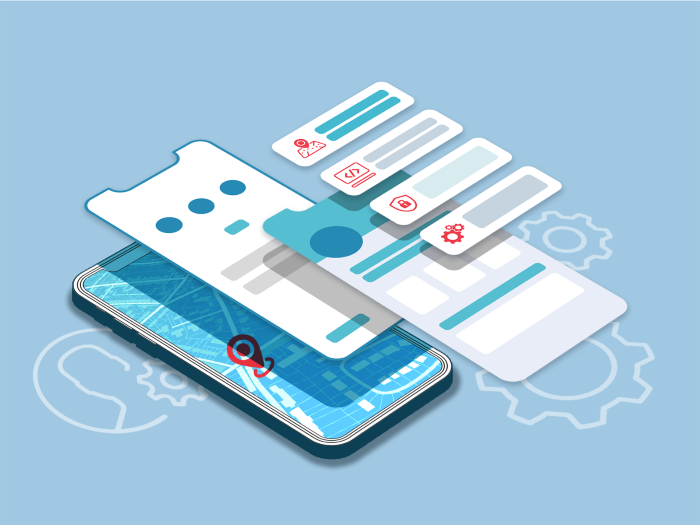 Must-Have Uber App Features: Building a Ridesharing App
Must-Have Uber App Features: Building a Ridesharing App